Navigating Subaru's CVT Concerns: Warranty Extensions and Recalls Explained
What Exactly is a CVT, and Why Subaru Embraced It?
Before we delve into the concerns, let's understand the technology. A Continuously Variable Transmission (CVT) is a type of automatic transmission that can change seamlessly through an infinite number of effective gear ratios. Unlike traditional automatic transmissions that use a fixed number of gears, a CVT typically uses two pulleys and a steel belt or chain. One pulley connects to the engine, the other to the wheels. By varying the diameter of these pulleys, the CVT can adjust the gear ratio smoothly and continuously. This design offers several theoretical advantages: superior fuel efficiency because the engine can always operate at its most efficient RPM, and a smoother, 'gearless' acceleration experience. Subaru, like many other automakers, adopted the CVT (which they brand as Lineartronic) to meet increasingly stringent fuel economy standards and offer a refined driving experience, particularly in models like the Outback, Forester, Legacy, and Impreza.The Common Woes: Understanding Subaru CVT Problems
Despite the promising technology, Subaru's CVTs, particularly in earlier iterations, haven't been without their critics. Owners have reported a range of symptoms, often escalating over time. Common complaints include:- **Shuddering or Vibration:** A noticeable vibration or 'shudder' during acceleration, often felt at lower speeds.
- **Hesitation or Lag:** A delay in acceleration, especially from a stop or when trying to pass.
- **Unusual Noises:** Whining, grinding, or groaning sounds emanating from the transmission, particularly when accelerating or decelerating.
- **Slipping Sensation:** The engine RPMs may increase, but the vehicle doesn't accelerate proportionally, indicating the transmission might be slipping.
- **Dashboard Warning Lights:** The 'AT OIL TEMP' light, 'Check Engine' light, or 'Transmission Malfunction' indicator illuminating.
- **Complete Failure:** In severe cases, the transmission can fail entirely, leaving the vehicle undrivable.
Subaru's Response: CVT Warranty Extensions Explained
Acknowledging the widespread nature of certain CVT issues, Subaru of America has, for specific models and model years, extended the factory warranty on their Continuously Variable Transmissions. This is a significant move, offering peace of mind and financial protection to many owners.Typically, the standard powertrain warranty covers the transmission for 5 years or 60,000 miles, whichever comes first. However, for a range of vehicles, Subaru has extended this coverage to 10 years or 100,000 miles from the original in-service date.
Who is affected by these extensions? While it's crucial to check your specific VIN, these extensions primarily cover popular models such as:
- Subaru Outback (e.g., 2010-2015 models)
- Subaru Forester (e.g., 2014-2017 models)
- Subaru Legacy (e.g., 2010-2015 models)
- Subaru Impreza (e.g., 2012-2017 models)
- Subaru Crosstrek (e.g., 2013-2017 models)
Beyond Warranty: Subaru CVT Recalls and TSBs
While warranty extensions cover manufacturing defects that emerge, recalls are issued when a safety-related defect exists or when the vehicle does not comply with a federal motor vehicle safety standard. Technical Service Bulletins (TSBs), on the other hand, are internal communications from the manufacturer to dealerships, outlining common problems and recommended repair procedures, often before they become full-blown recalls.Subaru has issued both recalls and numerous TSBs related to their CVTs over the years. For instance, some models have seen recalls for specific software updates to address transmission control module issues, or for torque converter problems that could lead to unexpected behavior. These recalls often involve reprogramming the transmission control unit or replacing specific components.
It's vital for Subaru owners to distinguish between these. A recall is a mandatory repair that the manufacturer must fix at no cost to the owner, regardless of warranty status. A TSB, while indicating a known issue, doesn't always guarantee free repair outside of your warranty or extended warranty.
How to check for recalls and TSBs: You can easily check if your Subaru is subject to any open recalls by entering your Vehicle Identification Number (VIN) on the Subaru of America website or the NHTSA (National Highway Traffic Safety Administration) website. For TSBs, your dealership service department is the best resource. Being proactive about checking for these can save you significant headaches and costs down the road.
What Every Subaru Owner Should Do About Their CVT
Navigating potential CVT issues can feel daunting, but being informed and proactive can make all the difference. Here’s a checklist for Subaru owners:- 1. Know Your VIN and Warranty Status: The first step is to confirm if your vehicle's VIN falls under any of the extended CVT warranty programs. Contact a Subaru dealership with your VIN, or visit the Subaru website.
- 2. Monitor for Symptoms: Pay close attention to any changes in your Subaru's driving dynamics – shuddering, hesitation, unusual noises, or warning lights. Don't ignore these early warning signs.
- 3. Regular Maintenance, Especially CVT Fluid: While Subaru often claims their CVT fluid is 'lifetime,' many experts and owners advocate for periodic fluid changes, especially for vehicles driven under severe conditions (towing, heavy city driving). Consult with your mechanic about fluid replacement intervals – often around 60,000-80,000 miles, despite manufacturer claims. This is a contentious topic, but proactive fluid changes can potentially prolong CVT life.
- 4. Keep Meticulous Records: Document all maintenance, repairs, and any communications with dealerships regarding your CVT. This paper trail can be invaluable if you need to make a warranty claim or seek reimbursement.
- 5. Address Issues Promptly: If you suspect a CVT problem, get it inspected by a certified Subaru technician as soon as possible. Delaying can exacerbate the problem and potentially jeopardize your warranty coverage.
- 6. Understand Your Rights: Familiarize yourself with consumer protection laws in your state regarding vehicle defects and warranties. Knowledge is power!
Conclusion
While Subaru's Continuously Variable Transmissions have undoubtedly offered benefits in terms of fuel efficiency and a smooth ride, their journey hasn't been without bumps. For many Subaru owners, understanding the nuances of CVT concerns, coupled with Subaru's official responses like warranty extensions and recalls, is paramount. By staying informed, being vigilant about your vehicle's performance, and taking proactive steps, you can better protect your investment and ensure your Subaru continues to deliver the reliable, adventurous experience you expect. Don't let a CVT concern put a damper on your Subaru adventures – empower yourself with knowledge and act decisively.Where can I find my VIN?

Related Topics
- Understanding Maintenance vs. Warranty: What the New Car Warranty DOESN'T Pay For
- Beyond the Car: Mercedes-Benz Warranty on Replacement Parts and Accessories
- The EV Advantage: Understanding Your Mercedes-EQ Battery Warranty
- Transferring Your Mercedes-Benz Warranty: What You Need to Know to Maintain Value

